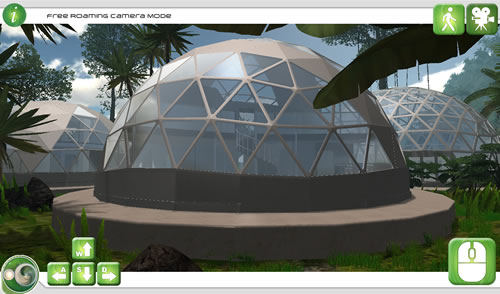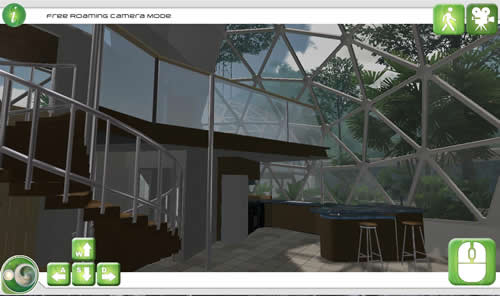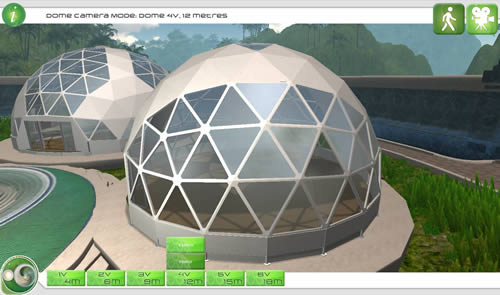- PO Box 989 Mullumbimby Contact us
- Call Us: +61 2 6684 3173
Dinner Is Served Thanks To Aquaponics Systems
The world population is at a staggering seven billion and counting. Unfortunately, mother earth is not showing any signs of growth. This is however not to say that earth's resources are getting limited by the day. There is abundance in the world; it is just that most people fail to grasp the concept of doing more with less and the need of preserving the resources of the world for the sake of generations to come. Absurd farming practices have seen us use more toxic chemical fertilizers to speed up farming in regions where the soil is already exhausted. To breakeven and make profits, farmers are forced to charge high prices for food. As a result, food is put out of reach of many a people.
Aquaponics Systems
Enter aquaponics systems. These are systems that guarantee adequate food production without exhausting soil with chemical fertilizers, without choking vegetables with anti-parasite sprays and without relying on favorable weather conditions. The output of farming is truly under the control of the farmer. As such, aquaponics systems promise food production that is up to ten times the production using contemporary farming practices.
How Aquaponics Systems Work
An aquaponics system is a food production system that hinges on the integration of aquaculture and hydroponics. Aquaculture is the rearing of fresh water aquatic animals most notably fish. Hydroponics on the other hand is the cultivation of plants in water devoid of soil. This system that is believed to have originated from the ancient Aztec people has been transformed into a highly effective mechanism that is self sustaining. Water in the system is in constant motion as it flows from the aquaculture part to the hydroponics part, delivering nutrients as it goes a long with the toxic wastes being converted into harmless forms thanks to symbiotic relationships within the system.
The Food
Food that is harvested from an aquaponics system is of the highest standard as it lacks toxic traces of chemicals from fertilizers and sprays. Vegetables are cultivated in the hydroponics part. Most, if not all green-leafed vegetables flourish in aquaponics systems. You can therefore expect to have bountiful harvests of cabbages, tomatoes, lettuce, beans, strawberries, peas, herbs and turnips among others from an aquaponics system. A look at the various vegetables grown in world famous aquaponics systems such as the Baniyas Centre in United Arabs Emirates is truly mouth watering.
The Fish
It would not be fitting to put an end on the food department without mentioning the amazingly luscious fish that is grown in aquaponics systems. Although other aquatic animals such as snails, prawns and crayfish are reared in these systems, fish are the most common of these animals. Two of the most popular varieties of fish are Tilapia and Yellow Perch. Tilapia fish with their rapid growth rates and huge sizes are the most common fish varieties in aquaponics systems. With these systems, you are assured of having a rich protein diet. I do not know about you but the thought of relishing a meal prepared from produce gotten from aquaponics systems is hard to brush away.
Download the Sustainable Domes Walkthrough app now - just like our facebook page and look for the details.
15m Residential Dome

15m Residential Dome Internal

12m and 15m Residential Domes



